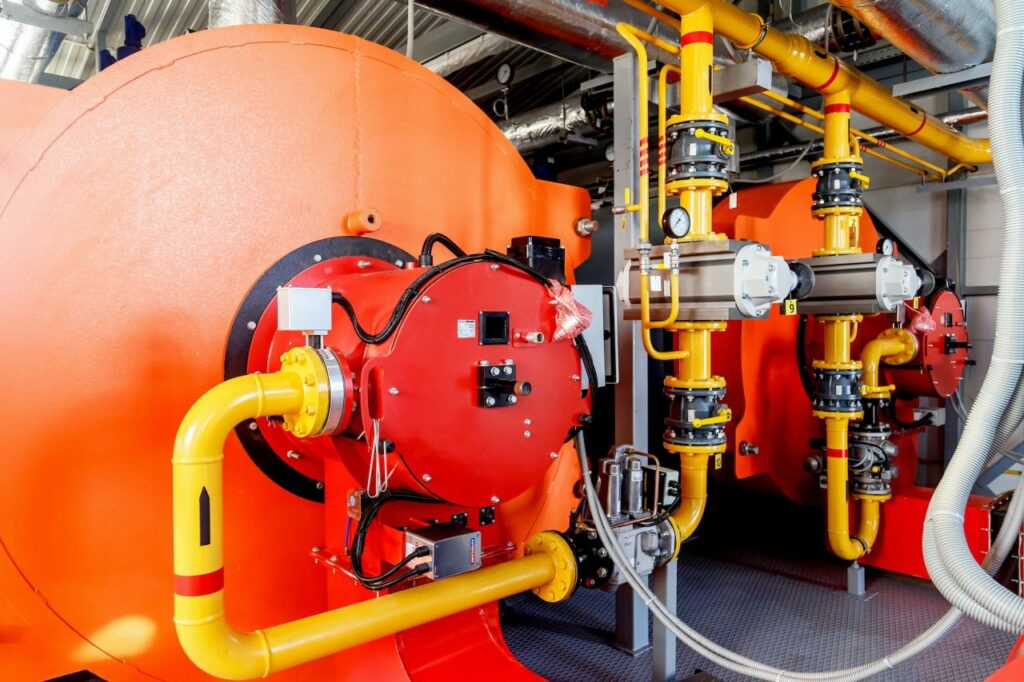Zebra, a leading digital solution provider, recently released its 2023 global warehousing research report, which showed that 58% of warehouse decision-makers plan to deploy RFID technology by 2028, as the use of RFID helps improve inventory visibility and reduce shortages.
The report shows that over the next five years, most warehouse decision-makers plan to deploy fixed or handheld RFID readers and fixed industrial scanning solutions to better track assets, workers, and goods throughout the warehouse environment. This year marks the 50th anniversary of the invention of RFID, which has become a tool for warehouse and other frontline workers to solve problems. According to Zebra’s report, the use of RFID can play the following roles in warehouse operations:
- The use of RFID can accelerate the modernization of return management
A survey shows that 74% of European warehouse decision-makers (73% globally) have accelerated or will accelerate the progress of digital projects to facilitate better return management. Return management has now become the biggest operational challenge faced by warehouse decision-makers. Zebra Transportation Andre Luecht, Global Strategic Director of Logistics and Warehousing, said, “The significant growth of returns is consistent with the explosive growth of e-commerce in the past few years, which is an inevitable requirement for changes in various parts of the supply chain. This means that warehouse leaders must use technological solutions to modernize operations, handle returns, improve agility, inventory visibility, and demand forecasting, thereby improving efficiency and making better decisions in real-time
Most warehouse decision-makers (76%) stated that they are facing pressure to improve performance while also adapting to the constantly changing consumer e-commerce needs. Nearly 80% of warehouse employees and decision-makers believe that inaccurate inventory and shortages will continue to seriously affect production efficiency. In fact, 82% of employees and 76% of decision-makers acknowledge that they need better inventory management tools to achieve higher accuracy and availability. 94% of European decision-makers (91% globally) are addressing this demand and plan to invest in advanced technology to enhance supply chain visibility by 2028.
- The use of RFID can improve the automation level of warehouse processes
Warehouse decision-makers are also optimizing their operations and improving their inventory visibility through automated warehouses. According to a recent study by Interact Analysis, although the demand for automation projects has slowed down recently (partly due to a decrease in warehouse construction), this demand is expected to resume growth in 2024.
Zebra research found that 69% of warehouse decision-makers have implemented or plan to implement workflow automation by 2024 to support warehouse employees in shifting towards more customer-centric high-value tasks. More than half of warehouse decision-makers believe that automation improves worker efficiency and productivity by reducing manual picking, order errors, and cycle time. At the same time, 80% of warehouse employees agree to use more technology and automation to help them achieve or exceed productivity goals.
In addition to improving productivity, 80% of warehouse employees surveyed also believe that they are more valued when their employers provide them with technology and automation tools to help them work. Similarly, 88% of warehouse decision-makers stated that increasing warehouse technology, including equipment and robots, can attract and retain employees, which is extremely important in the face of labor shortages. More than half of the surveyed decision-makers plan to implement machine learning (52%) and predictive analysis (59%) software solutions in their facilities by 2028.
- The use of RFID is more conducive to sustainable development
Warehouse decision-makers are choosing solutions based on their ability to operate sustainably, largely driven by regulations, energy costs or shortages, and the expectations of customers, workers, and investors. For example, 78% of European warehouse decision-makers (77% globally) focus on reducing emissions and waste, while 80% of warehouse decision-makers state that their warehouse technology solutions are crucial for maximizing battery life.
Other sustainable factors that decision-makers prioritize today include the replacement time of mobile devices, the ability to connect to energy monitoring software to maximize efficiency, the provision of certified refurbishment and other circular economy plans, and the use of reusable and recyclable materials. In addition to their own operations, 81% of warehouse decision-makers also stated that it is important for products suppliers and system integrators to have sustainable development measures for their operations.









